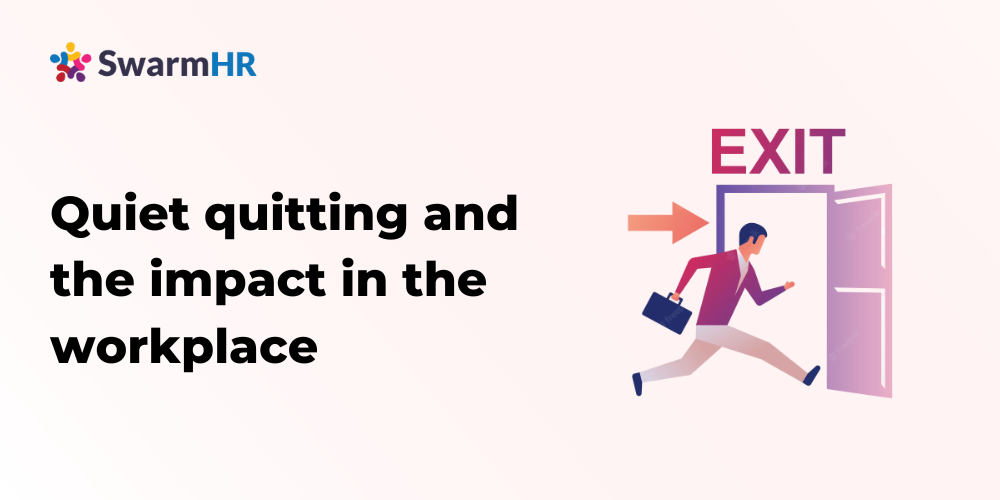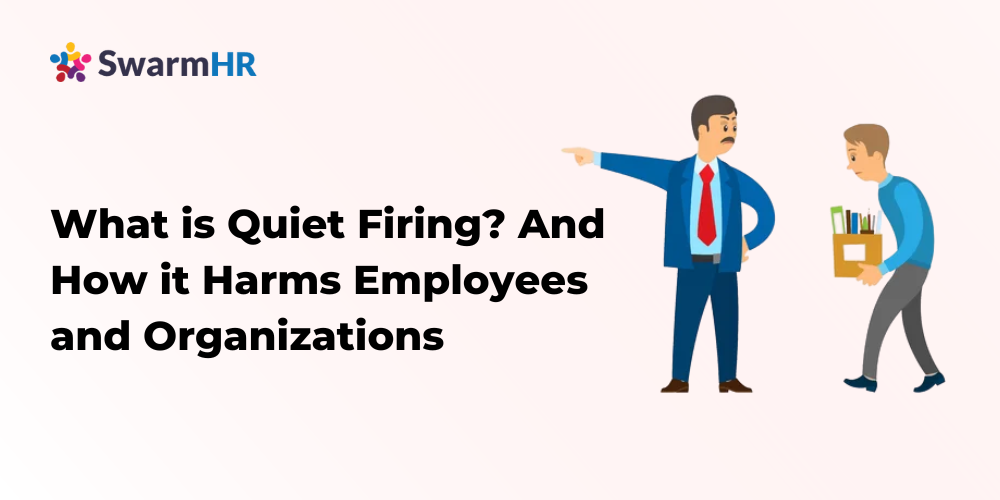What is Talent Acquisition? And how it differs from Recruitment
Everybody wrote or spoke about talent acquisition in different ways and also about recruitment. This is a mix of the definitions that are found online – Talent acquisition refers to the process of identifying skilled candidates to help your organizational needs. The talent acquisition team is responsible for identifying, assessing, acquiring, and hiring the candidates to the open positions within your company,
but that’s only a small part of what talent acquisition is. This sounds more like recruitment.
Talent acquisition is so much more than just looking and hiring. Let’s talk about some of the things that go into talent acquisition that are not that known to many people.
We got it down to six things as read below –
1. Sales
As a talent acquisition specialist or recruiter, the job is to assess the candidate when speaking with them, but the major part of that conversation is sales. Yes, you heard right, sales. Who knew? When we’re speaking with the candidates, we are the first people they’re going to be meeting from our organization. In this instance, as much as the candidate is trying to sell himself and show off his skills to us, We are trying to sell him on the position and the company. The whole point of the conversation is to get to the stage where the candidate will say, “I want to work for your organization.”
2. Forecasting
Talent forecasting is essential to talent acquisition. Forecasting assists your organisation in understanding What kind of talent and skills do they need in the upcoming year. The talent acquisition team should work with the HR business partners, hiring leaders and executive leadership team to understand what needs they will have within the next year. Many different things can influence the overall talent acquisition process, but we need to identify the difficulties that the talent team had in the previous year. This can be anything from a low level of applicants to the low quality of the source candidates to the disinterest from the interview team and maybe even a lack of leadership. A lot of things can influence the process. If we identify some of the difficulties, we need to make sure that we overcome them so that next time we have a more efficient and more productive process.
3. High quality pipeline
What is a high-quality pipeline? Every organisation is acquiring talent in a different way, and it has its own unique approach. A high-quality pipeline means having candidates either ready to be interviewed by the team or ready to be hired once the position is open. One of the things that can help you build that high quality pipeline is “Applicant tracking system”, or in short ATS. ATS has been mostly used by the larger organizations, but nowadays even smaller organizations which were traditionally using excel spreadsheet or Trello board are shifting to ATS to achieve the same result at faster speeds using minimal resources without hassles.
4. Collaboration & Coordination
One of the crucial things for everybody who is involved in talent acquisition is for everyone to be on the same page. This involves almost everyone within the organization, all the way from the intern to the CEO. The responsibility of a talent acquisition team is to get everyone to focus on the same goal. To achieve that is through a lot of collaboration, communication, and coordination across teams and across the whole organization. Talent acquisition specialists need to understand what it is that they are looking for to bring in the best talent.
5. The employer brand
The talent acquisition team is an integral part of the employer brand of any organization. As said before, talent acquisition specialists, or recruiters, are the first people that the candidate will see and interact with from the organisation. It is crucial to leave a good impression on the candidate because that’s a huge part of the employer brand.
6. Marketing
It is important to have the marketing strategy right because it affects a lot of things in the talent acquisition process. The talent acquisition team and marketing should work closely together to understand how to market and connect with right candidates and how to communicate with them.
Now we will talk about the difference between Talent Acquisition and Recruitment.
Difference between Talent Acquisition and Recruitment
So, what’s the difference, or is there a difference? In fact, there is. Recruiting is more about the procedure. You’ve identified a gap, and you’ve created a job description and posted it on applicable job boards. You’ve engaged the candidates. You hire them, you train them, and the process is over. Talent acquisition is much more of a long-term human resources strategy that first starts with evaluating the mission, vision, culture, and values of the organization. By the way, it doesn’t matter if your organization is small or large. People who understand who you are and what you stand for and find the talent of people who match those cultures and values. It’s really critical to your talent acquisition strategy. What’s interesting also is that you also have to look at your internal talent. So actually, succession planning is thinking about those who are developing the skill sets needed to move forward and then filling the gaps with brand new talent that can be developed again. While skills are incredibly important, shared values are really important. So, when you think about talent acquisition, think about it in a long-term strategic way and how you can grow the company as it relates to the culture and values of your organization.
So, to summarize, talent acquisition is a long-term collaboration among many different parts of the company that come together to plan, build, organize, collaborate and hire candidates who are going to be successful in their position and help the organization achieve their goals. While recruitment is more about the process of identifying gaps, writing job descriptions, engaging with job boards or portals, interviewing, onboarding the candidates. While one is strategic other is procedural.
Catapult to digital-first organization
Learn More

09 September, 2022 5 min read
Quiet quitting and The Impact in the workplace
A trend that has “dominated” social media, especially TikTok. In July, Zaid Khan, a 24-year-old engineer from New York, posted a video about quitting, and it went viral…..

14 September, 2022 4 min read
What is Quiet Firing? How it Harms Employees and Organizations
In the last blog we talked about Quiet quitting and it’s recently gained significant prominence. It tends to be the idea of simply doing your job but not going above and beyond. ..

02 September, 2022 6 min read
What is Moonlighting- Issue, Ethics & Future
Have you heard of the term “moonlighting“? It means having a second job, as in you have your nine-to-five job and once you’re done with that, you take up another assignment; that’s “moonlighting”….





